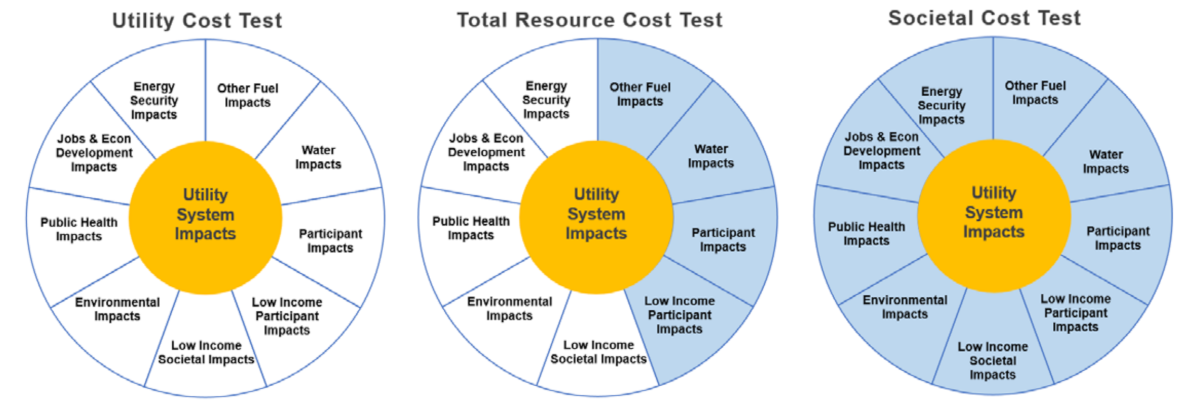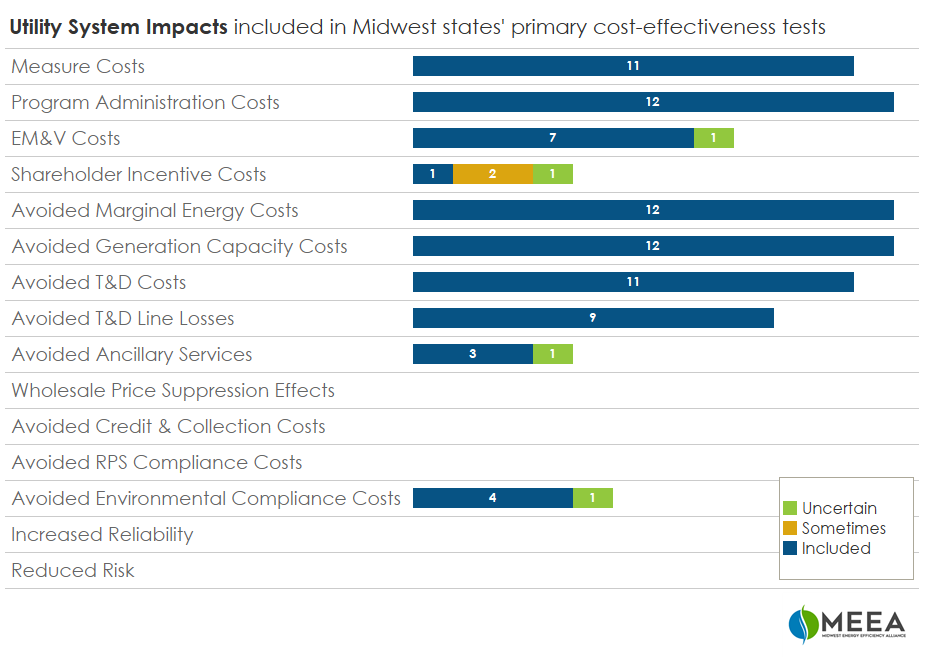
In the 36 years since the California Standard Practice Manual (CaSPM) was first released, cost-effectiveness testing has spread across the country following the growth of utility customer-funded energy efficiency. The California tests have been adopted by utilities, consultants, regulatory commissions and legislators to determine whether an energy efficiency measure or program is worth pursuing and whether a completed program performed as expected. Fundamentally, a cost-effectiveness test measures the total benefits divided by the total costs, and passes if the ratio is greater than or equal to 1.0.
Over the course of three and a half decades, cost-effectiveness testing for energy efficiency has become so ubiquitous that we have almost stopped paying it much attention. “Did it, or didn’t it pass the cost-effectiveness test?” That seems to be the first and last question that many people ask.
As the energy industry and markets change, the energy efficiency industry needs to be asking more questions. The National Efficiency Screening Project (NESP) is a group of energy efficiency experts formed to ask deeper questions about cost-effectiveness – questions like “What benefits and costs are we actually measuring and including in the tests?” and “Do the standard tests actually tell us what regulators and utilities need to know?”.
Several key resources have come out of the NESP effort:
- The National Standard Practice Manual (NSPM) for Energy Efficiency – a guide to cost-effectiveness testing that provides a framework for determining the policies and goals of a jurisdiction and developing a test that measures whether a resource will help accomplish those goals
- The Database of State Efficiency Screening Practices (DSESP) – a database of the utility system, participant and other non-utility benefits and costs that states are currently incorporating into their cost-effectiveness testing.
- The NSPM for Distributed Energy Resources – an extension of the NSPM for EE to include a framework for developing a common cost-effectiveness testing practice for all DERs including efficiency (forthcoming mid-2020)
E4TheFuture has posted a blog reviewing 2019's NSPM activities and looking ahead to 2020. We have previously discussed the NSPM in this blog and have presented information about the framework to stakeholders across the region. Now that the DSESP has been completed for all of our states, MEEA is holding a webinar to do a deeper dive into how cost-effectiveness of energy efficiency is being measured in the Midwest.
One of the categories of impacts identified in the NSPM & DSESP is the Utility System Impacts. These impacts are the “core” of cost-effectiveness testing and are included in the calculation of all of the California tests. So no matter if the state has defined their primary test as the total resource cost test (TRC), the program administrator cost test (PAC; formerly known as Utility Cost Test, UCT) or the societal cost test (SCT), these impacts could all be included as part of that test – and in the ‘perfect’ model test, all of them would be. However, that common consideration could mislead some to believe utility system impacts are universally represented in each state’s testing regime. In practice, as with most things in the world of energy efficiency cost-effectiveness testing, it is far more complicated than one might assume.

The NSPM framework identifies fifteen core utility system impacts:
- The utility portion of measure costs
- The program administrator’s costs for running the program
- The costs of evaluation, measurement & verification of savings (EM&V)
- The cost of shareholder incentives (where applicable)
- The avoided cost of energy generation
- The avoided cost of capacity
- The avoided cost of transmission & delivery of energy (T&D)
- The avoided cost of T&D line losses
- The avoided cost of ancillary services required to maintain grid stability, such as frequency and voltage regulation and maintenance of operating reserves
- Wholesale price suppression from decreased demand
- Avoided utility credit & collection costs
- The avoided cost of compliance with renewable portfolio standards
- The avoided cost of compliance with environmental regulations
- Increased reliability of the utility system
- Reduced financial risk for the utility
In practice, of the 12 states in the Midwest that have regulated energy efficiency and do cost-effectiveness testing (sorry North Dakota!), all 12 include the program administrator costs, the avoided energy costs and the avoided capacity costs. Only 11 include the utility portion of the measure cost in their calculation, however, and the same for avoided T&D cost. Only 9 include avoided T&D line losses. Only some of the states include, or sometimes/maybe include, the cost of EM&V, ancillary services or environmental compliance. Not all of the states that have shareholder incentives for efficiency always include those costs in their testing. There are several types of impacts not considered at all in the MEEA region.

The impacts included in the core utility system benefits can have a substantial influence on whether efficiency programs and portfolios pass a particular test. And that is just one class of impacts – the utility system impacts. Our upcoming webinar will take a deeper look at each state to show which utility, participant and non-utility benefits and costs are included for each state, the implications of those ‘sometimes’ and ‘uncertain’ categories, and a discussion of states where a deeper review of cost-effectiveness under the NSPM framework could provide opportunities for advancing the energy efficiency industry.